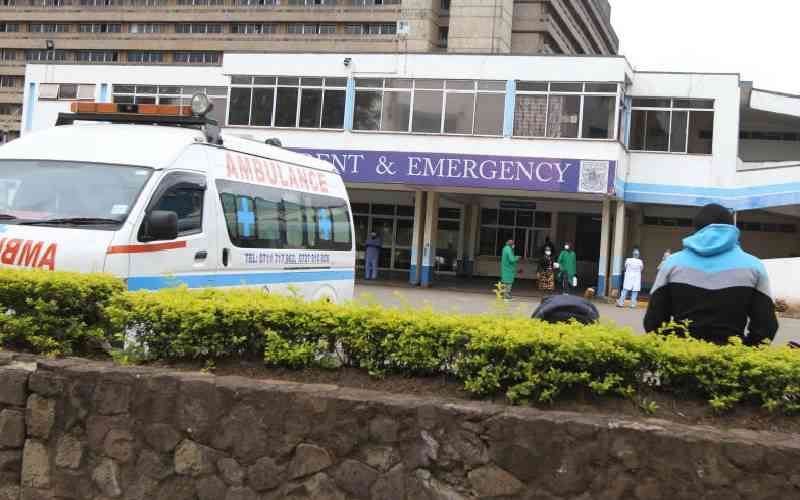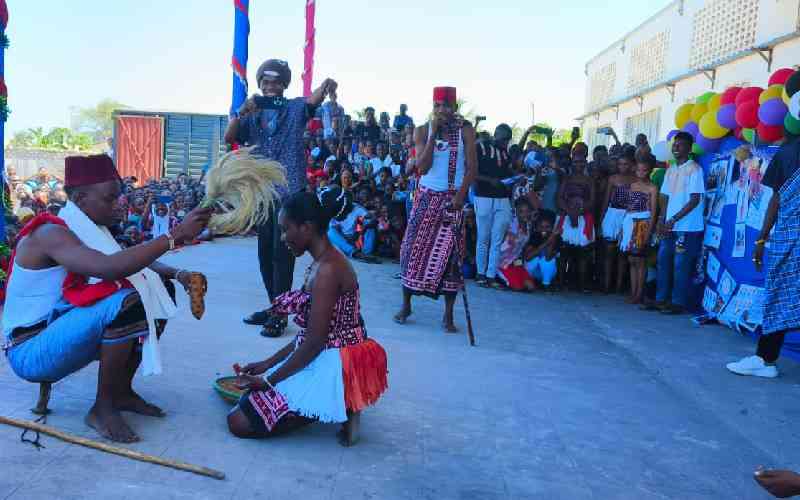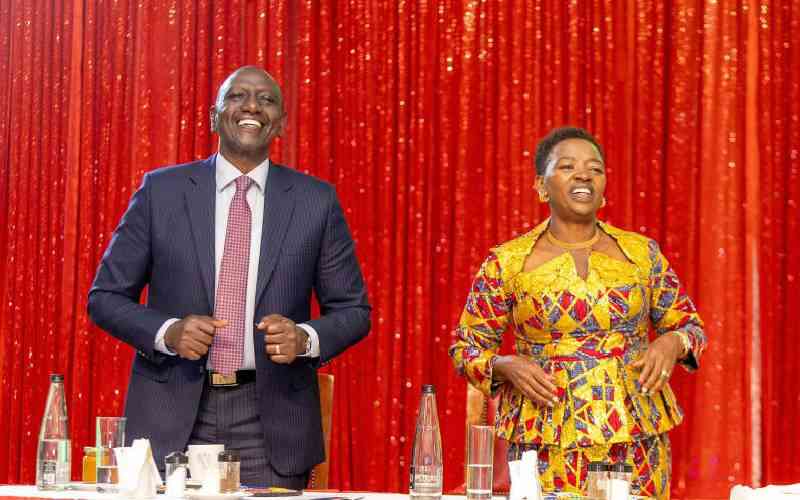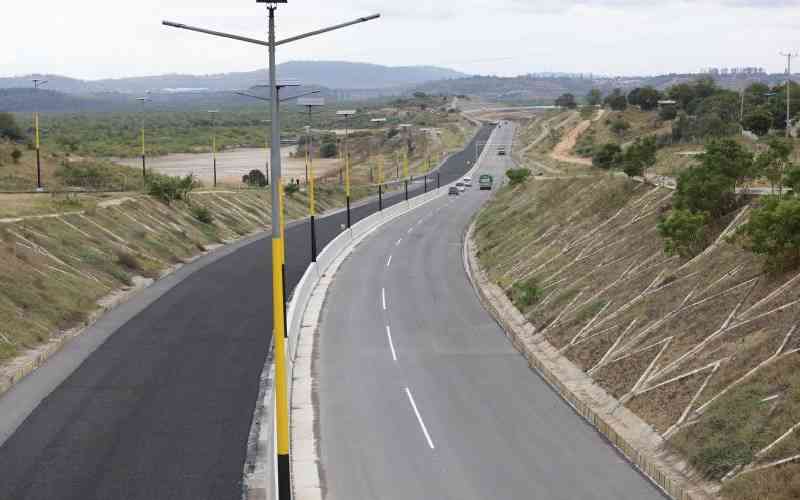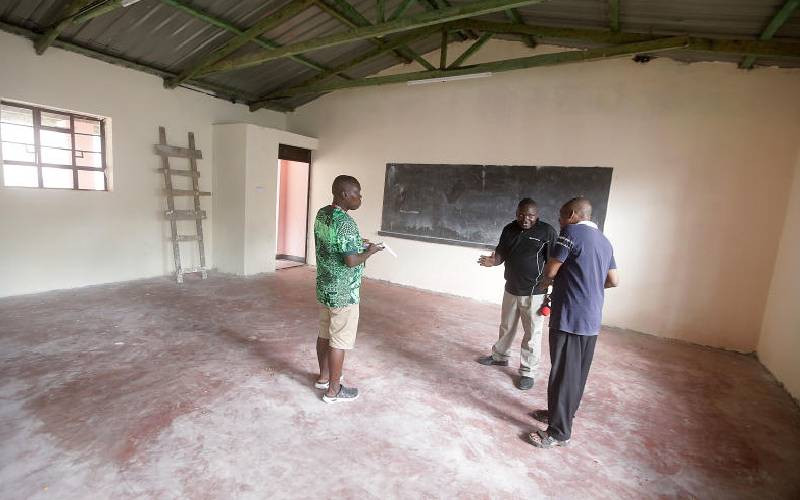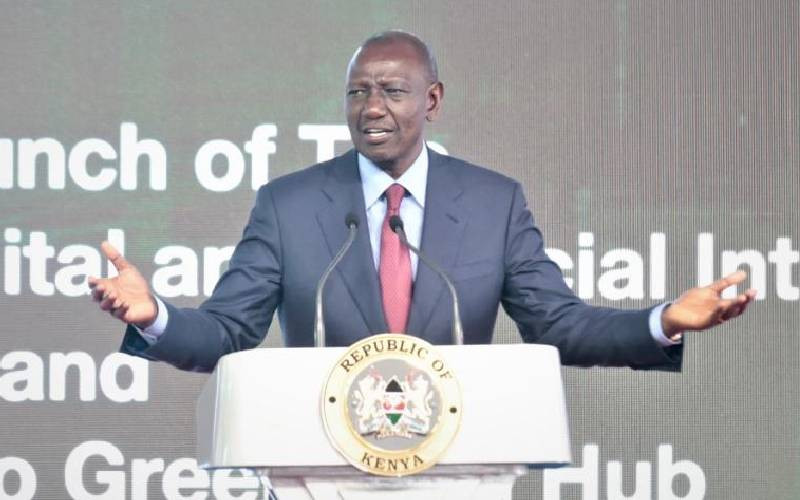By Austine Okande
Located 16 kilometres northeast of the Mombasa mainland is Mtwapa, which is recognised as one of the oldest towns in Coast Province. Located in Kilifi County, the town on the ever-busy Mombasa-Malindi highway is said to be one of the fastest growing in the region.
According to Mr Mwajuma Kazungu, an elder in one of the Mijikenda sub tribes: “The phrase Mtwapa was coined by the native community to refer to fellow residents as ‘mtu wa hapa’, loosely translated to mean ‘someone from here’.
Metamorphosis
“Long before Mtwapa became a cosmopolitan town inhibited by different people, locals used to refer to themselves using the phrase. This was used to segregate outsiders or otherwise commonly known as ‘watu wa bara’ among the coastal residents,” says Ms Mary Malembe, a Social Science teacher at a secondary school in the town.
Now a cosmopolitan town, Mtwapa is jam-packed with mixed ethnic groups, with the Giriama and Chonyi being the dominant inhabitants, according to official Government statistics. Other groups include the Swahili and with foreigners mainly of British German and Italian decent now emerging as the fastest growing. In a decade Mtwapa town grew from Swahili fishermen village to a bustling city in North Coast. Mtwapa is an interesting mix of people with a unique atmosphere and nature. The economy is flourishing with massive investments in real estate. Boutiques, salons, shops, hotels, kiosks, supermarkets and cybers cafes operate 24 hours. There have been recent developments of recreational centers, religious buildings, residential homes and low-cost rental villas. Nightclubs and bars made Mtwapa nightlife the bustling city to be on the Kenyan north coast.
While in most parts of the country the stimulus economic plan for a 24-hour economy seems a pipe dream, Mtwapa is vibrant and has a busy nightlife due to mushrooming entertainment bars and nightclubs.
A travel writer says: “Mtwapa with all its complex structures and archaeological remains is also renowned for its forest and wildlife sanctuaries, beach and its use for religious purposes and remains one of the most significant sites on the North Coast Mombasa.”
The writer goes on to say: On the eastern front, fishermen continue to use the site as a thoroughfare to the sea, which is an important economic resource.”
Mtwapa Creek is a starting point for deep sea fishing tours with several restaurants offering gourmet meals and all-night entertainment.
The downside
The town hosts celebrate performing artists from local and international scenes from Monday to Monday. Live performances by Ohangla artistes like of Tony Nyadundo and John Junior just to list a few are favourites to many locals and foreigners in the region.
But there is a downside to the growth. Bustling as one of the most attractive tourist destination and with its proximity to the Indian Ocean, the presence of five and four star hotels such as Serena Beach Hotel, Diani Reef Beach Resort, Kanya Bay, Nightingale Apartment and Bamburi Beach Hotel has made life expensive.
“Some retail shops in the region have embraced electronic business with some going further to only allow customers to use Visa cards, while others prefer foreign currency, making shopping expensive for most locals, laments Mr Hassan Juma, a resident.
“Buying in Kenya shillings in some of these shops is costly since the prices are almost double,” he adds.
Stay informed. Subscribe to our newsletter
Mr Julius Kamau, the proprietor of Club Lambada Holiday Resort, one of the most popular nightspots in Mtwapa, says: “This area is one of the most expensive places to live in.
He says a quarter acre of land is going for a whooping Sh16 million to Sh18 million.
Due to the high cost of living, some people have opted to relocate making Mtwapa a town for the rich, says a resident. “Now there are many opportunities to invest in real estate,” says Kamau.
“Mtwapa is one of the fastest growing property markets at the Coast,” Mr Jack Ouma a real estate advisor says. “Recent developments include recreational centres, apartments, flats, residential homes and rental villas,” he says.
Being a tourist destination some locals also argue that the indigenous culture is threatened if not eroded. According to Mr James Kamau a church elder and a pastor: “ The rate of prostitution, same sex affairs and increased numbers of young school going children dropping out of school after being lured by elusive foreigners is high.”
Residents’ lamentations
Proliferation of strippers, strict guy club joints, increased rate of insecurity and high drug and substance abuse among the youth in Mtwapa, residents say, is a sign the area has lost its innocence.
“It is absurd to see young people of the same sex cuddling on the streets, the sight of young girls packing in the cold alleys at night and drugs claiming lives of many young people,” Mrs Salma Moraa, a mother of three, says.
“Raising children in this type of environment has been difficult as get into bad things due to peer pressure,” Mrs Moraa says.
Residents say the hoped Mtwapa’s growth would bring good tidings with it, but that, according to them is not the case.
 The Standard Group Plc is a
multi-media organization with investments in media platforms spanning newspaper
print operations, television, radio broadcasting, digital and online services. The
Standard Group is recognized as a leading multi-media house in Kenya with a key
influence in matters of national and international interest.
The Standard Group Plc is a
multi-media organization with investments in media platforms spanning newspaper
print operations, television, radio broadcasting, digital and online services. The
Standard Group is recognized as a leading multi-media house in Kenya with a key
influence in matters of national and international interest.
 The Standard Group Plc is a
multi-media organization with investments in media platforms spanning newspaper
print operations, television, radio broadcasting, digital and online services. The
Standard Group is recognized as a leading multi-media house in Kenya with a key
influence in matters of national and international interest.
The Standard Group Plc is a
multi-media organization with investments in media platforms spanning newspaper
print operations, television, radio broadcasting, digital and online services. The
Standard Group is recognized as a leading multi-media house in Kenya with a key
influence in matters of national and international interest.

